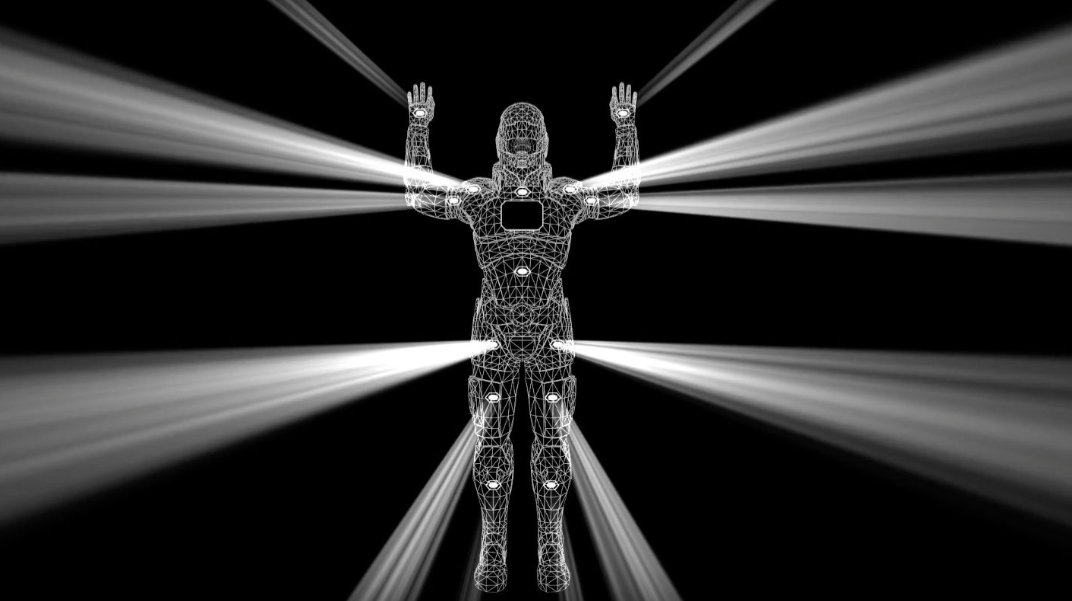Raquel de Anda, MS Design and Urban Ecologies ’15
Raquel de Anda is a curator, producer, and cultural organizer based in Brooklyn, NY. Born and raised on the U.S. Mexico border, much of her work approaches themes of duality, connection, separation, inclusion and the intersections of migrant rights with other movements for social justice. She is a firm believer in the power of art and culture to ignite social change. Raquel began her career as Associate Curator at Galería de la Raza, a contemporary Latino arts organization in San Francisco, CA. Her work spans a variety of practices, including designing an interactive installation at the Tribeca Film Festival, curating exhibitions at Project Row Houses (Houston, TX) and The Museum of the Americas (Washington DC), and overseeing creative production for the historic People’s Climate March (New York City). In 2014, de Anda was awarded the Robert Rauschenberg Artist as Activist Fellow as part of her work with People’s Climate Arts Collective. De Anda received an MS from Parsons School of Design, with a focus on integrating cultural equity in the field of arts and culture. She is currently Director of Public Engagement at No Longer Empty, an organization that activates engagement with art and social issues through site-responsive exhibitions, education, and cultural programs.

The Argus Project
Raquel de Anda, MS Design and Urban Ecologies ’15; Ayodamola Okunseinde, MFA Design and Technology ’15; Gan Golan; Julien Terrell; Ronald Morrison, MS Design and Urban Ecologies ’15; Ligaiya Romero
